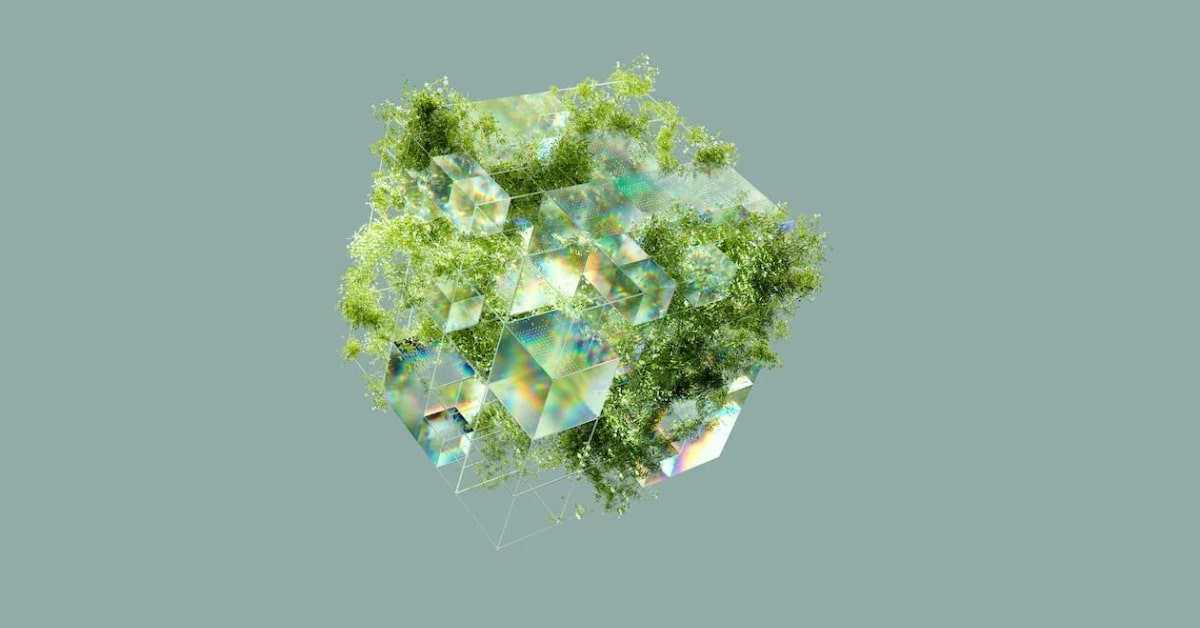Adobe Illustrator is a graphic design software renowned for its versatility, and one of its most powerful features is the clipping mask. Whether you’re a professional designer or just starting with AI, understanding how to use a clipping mask can significantly enhance your design capabilities. In this article, we will explore what a clipping mask is, why it’s important, how to create and use it, and the creative applications that make clipping masks an invaluable tool for designers.
What is a Clipping Mask in AI?
A clipping mask in Adobe Illustrator is a creative photo editing technique used to define the visibility of objects within a specified shape or path. The objects that are inside the shape are visible, while those outside are hidden.
Significance of Clipping Masks
- Precision: Clipping masks allow for precise control over what is visible in your design, ensuring clean and professional results.
- Creative Flexibility: They empower designers to create intricate compositions, effects, and custom visuals.
- Non-Destructive Editing: Clipping masks are non-destructive, enabling you to make changes to your composition without altering the original objects.
How to Create and Use Clipping Masks in AI?
Select Your Objects
Start by selecting the objects you want to include in your composition, ensuring the topmost object is the one that defines the visibility.
Create the Clipping Mask
Navigate to the “Object” menu, select “Clipping Mask,” and then choose “Make.” The top object becomes the mask, and the objects beneath it are revealed within the mask’s shape.
Fine-Tuning and Editing
You can adjust the position, size, and properties of the objects within the clipping mask, allowing you to refine your composition.
Creative Applications of Clipping Masks
Custom Typography
Designers often use clipping masks to create unique and visually striking custom typography by combining text with various shapes and patterns.
Complex Compositions
Clipping masks enable the creation of complex design compositions by blending multiple objects, text, and images within defined shapes.
Illustrators and artists use clipping masks to create intricate artwork by blending and masking images within custom shapes and paths.
Benefits of Using Clipping Masks in AI
- Control: Clipping masks provide precise control over what is visible, allowing for professional and clean results.
- Flexibility: They offer creative flexibility, enabling complex design compositions and custom effects.
- Non-Destructive Workflow: Designers can make changes to their compositions without permanently altering the original objects.
Conclusion
Clipping masks in Adobe Illustrator is a creative powerhouse, enabling precision, flexibility, and non-destructive editing. Whether you’re designing custom typography, complex compositions, or intricate artwork, mastering the art of clipping masks unlocks a world of creative possibilities. These tools are invaluable for designers looking to create stunning and professional visuals, and they elevate your design skills to new heights.
FAQs
Can I use text as a clipping mask in Adobe Illustrator?
Yes, you can use text as a clipping mask to create custom text effects and typography.
Can I apply multiple clipping masks to the same set of objects in AI?
Yes, you can apply multiple clipping masks to create complex and layered compositions.
Is it possible to edit the contents of a clipping mask after it’s created in Illustrator?
Absolutely. You can edit the objects within the clipping mask at any time.
Can I use clipping masks to create photo collages in Adobe Illustrator?
Yes, clipping masks are a powerful tool for creating intricate photo collages within custom shapes and paths.
Are there any limitations to the complexity of compositions that can be created using clipping masks in AI?
The complexity of compositions is limited only by your creativity and the capabilities of Adobe Illustrator.
This page was last edited on 19 February 2024, at 5:29 pm
